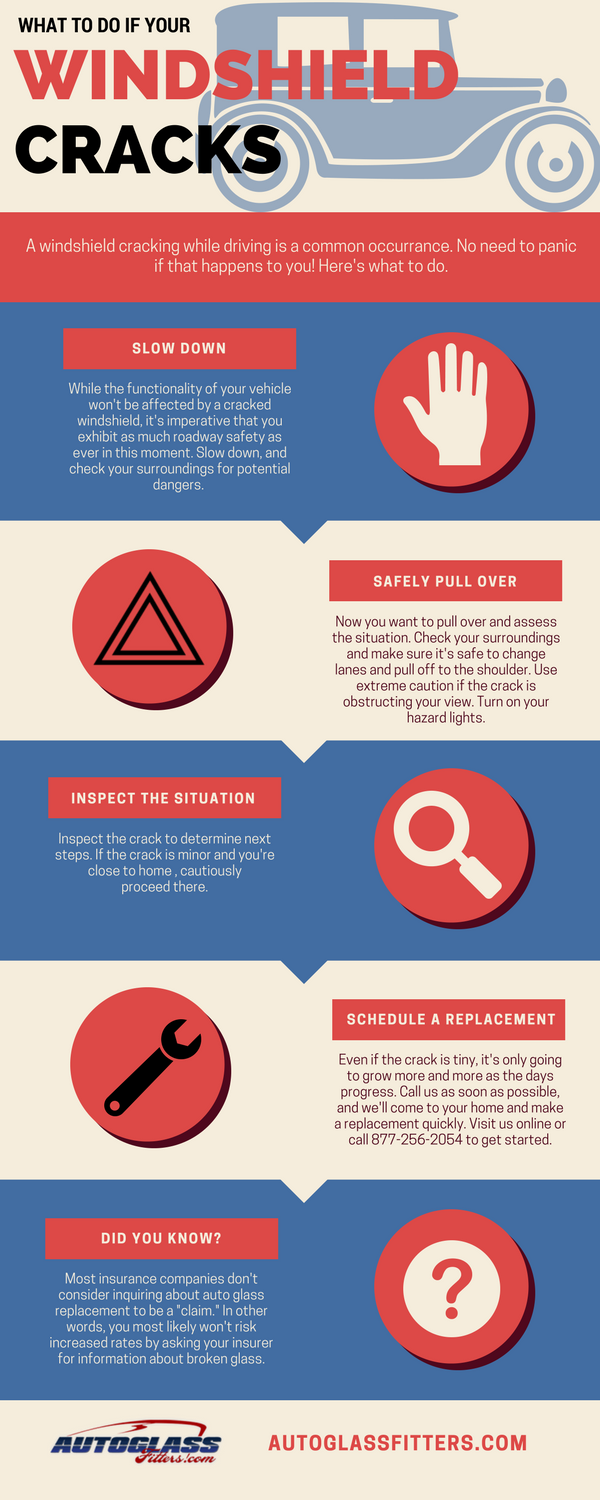Master The Key Pressure Washing Techniques Fit For Different Surface Area Kinds To Recognize Outstanding Outcomes-- Explore The Techniques That Result In An Impeccable Surface
Master The Key Pressure Washing Techniques Fit For Different Surface Area Kinds To Recognize Outstanding Outcomes-- Explore The Techniques That Result In An Impeccable Surface
Blog Article
Web Content Writer-Elgaard Hodges
When it concerns pressure washing, the method you choose can make all the distinction in attaining a tidy, streak-free coating. You might find that tough surfaces, like concrete, need a various technique than softer materials, such as timber or vinyl. It's vital to adapt your methods to the surface area type to prevent damage while making the most of cleansing efficiency. So, what are the very best techniques for each and every surface area, and exactly how can you guarantee you're utilizing the best settings and devices for the work? Allow's explore what you require to understand to get the most effective results.
Tough Surface areas
When it concerns press cleaning difficult surfaces, prep work is vital. Before you even think of taking out the pressure washer, make the effort to clear the area of any debris, furniture, or barriers. You don't want anything getting in your method or possibly destructive your equipment.
Next off, examine the surface area for any kind of splits or damages; this will help you identify the best strategy and stress settings.
When you've prepared the area, it's vital to pick the right nozzle. For tough surfaces like concrete or block, a slim nozzle (15 or 25 levels) works best to supply a focused stream of water that can efficiently remove crud and spots. Constantly begin at a distance and progressively relocate better to stay clear of any kind of surface damages.
As you begin washing, keep the stick transferring to stop streaks and over-saturation. It's also handy to function from the top down, permitting dirt and particles to get rid of naturally.
Lastly, bear in mind to rinse the surface extensively after cleaning to eliminate any kind of leftover detergent. With these methods, you'll achieve a tidy and renewed look on all your hard surface areas.
Soft Surfaces
Stress washing soft surface areas calls for a gentler strategy to protect them from damage. Whether you're cleansing your deck, patio area furniture, or house siding, making use of too much pressure can result in dents, scrapes, or perhaps irreparable harm.
Begin by selecting a low-pressure nozzle, preferably a 25-degree or larger spray pattern, to distribute the water more gently.
Prior to mouse click the up coming web site start, it's vital to pre-treat any kind of spots with a suitable cleaning solution. This step allows the cleaner to pass through the dust and crud, making it much easier to wash away without scrubbing also hard.
Constantly apply the option from the bottom as much as prevent streaking.
When you begin stress cleaning, preserve a distance of at the very least 12 to 18 inches from the surface area. Move https://emilianokwisc.izrablog.com/33077721/reliable-methods-for-professional-quality-window-cleansing-strategies-and-tips in a sweeping activity, keeping it alongside the surface area to stay clear of focused pressure on one spot.
Wash the area completely after cleaning up to eliminate any kind of recurring cleaner.
Lastly, examine the surface area for any kind of missed spots and repeat the process if essential. By adhering to these steps, you can properly tidy soft surfaces while protecting their stability and appearance.
Specialty Surfaces
Cleansing soft surfaces needs care, but specialty surface areas demand much more interest to information. When you take on these surfaces, like delicate wood, stained concrete, or certain sorts of siding, making use of the right stress cleaning methods is essential to prevent damage.
First, examine the product. As an example, treated wood can usually withstand moderate pressure, however softer timbers like cedar may call for a reduced setting. Always begin with the lowest stress and progressively raise if required.
For discolored concrete, make use of a fan spray nozzle and keep a regular range to avoid engraving the surface area.
When managing surface areas like plastic exterior siding or repainted surface areas, a wide spray pattern aids distribute the stress uniformly, shielding the surface.
It's likewise wise to use detergents particularly designed for specialty surface areas. They can improve cleaning without endangering the product.
Wash extensively after washing to remove any kind of deposit, as it can result in discoloration or deterioration with time.
Conclusion
To conclude, understanding pressure cleaning techniques for different surfaces can make all the difference in your cleaning outcomes. For tough surfaces, stick to narrow nozzles and a top-to-bottom technique, while soft surfaces need a gentler touch with wider nozzles. Don't forget to pre-treat stains and wash thoroughly to prevent deposit. By adjusting your techniques per material, you'll not just accomplish a cleaner surface but also shield the stability of your surfaces. Delighted cleaning!
